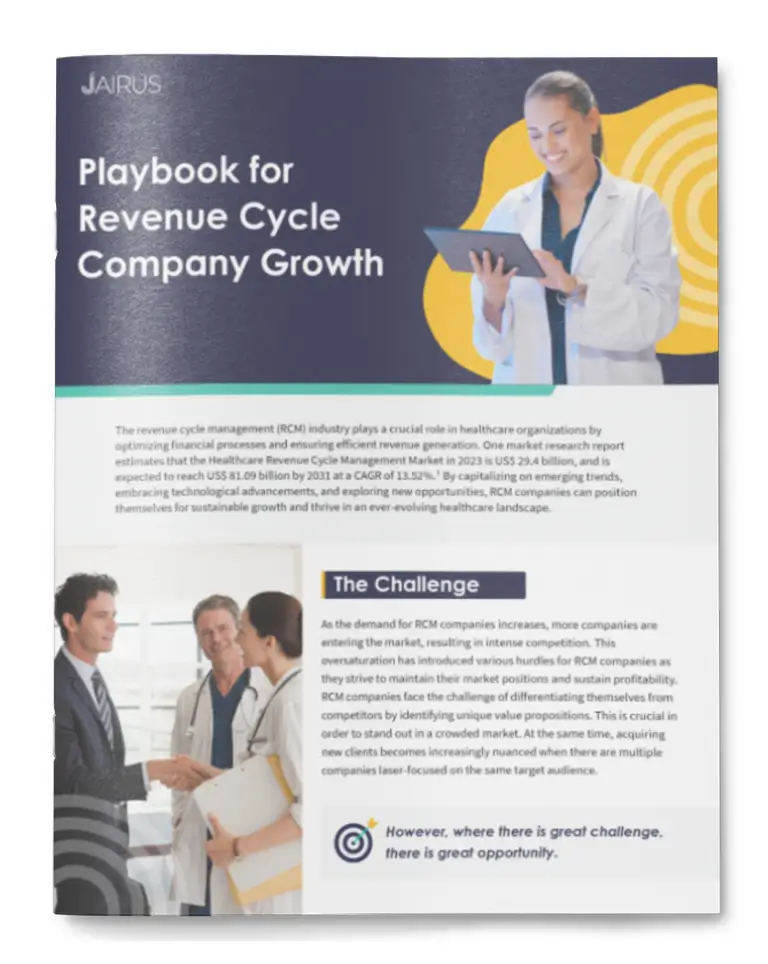If you are on Facebook, you may have noticed that you see the same ads appearing in your news feed from time to time. Whether you have ever clicked on them or not, it might seem strange to you that the same company would know that you might be interested in their products or services.
However, this is done very intentionally and purposefully. This is another new “smart marketing” strategy that enables marketers to generate an audience of people who are most likely to want or need their offerings. If you think about it, this makes a lot of sense. If you are selling baby strollers, for example, then you would not want to waste money putting your advertising in front of only moms with teens or middle-aged men. These are not your target market.
Instead, you can hone in on your target marketing in a number of ways, including choosing certain “groups” or demographics, as well as the hobbies and interests, among other categories. But just seeing your ad once is not a guarantee that these people will notice your ad, or that they will even click on it if they do see it. Sometimes they have to see it five, ten or more times before they finally think, “What in the heck is this?” and then finally their curiosity will have finally gotten the better of them.
This is known as “Facebook Retargeting”. Retargeting puts your product or service in front of your “target” buyer several times before finally giving up on them. You can even use different ads to the same audience, which means they might see one on – say, Tuesday – and then a different one on Friday. Again, this is a very useful strategy to “retarget” those people who you feel would be most likely to buy from you.
How does this improve conversions?
If you have your website set up properly, you should have some form of a lead capture system. Just advertising your services and products on Facebook is not enough to guarantee that someone will buy. The lead capture is a great way to stay in touch with them, so by building relationships, the theory is that they will eventually become a customer.
This is a theory that works well for many marketers of the last year or more. These companies have applied useful tools to retarget Facebook users and then the art of selling is done subtly, through an email campaign. Email is still the number one way to convert customers, but it takes an average of seven to twelve emails before the customer even trusts you enough to buy something. There are exceptions to this, but these are mass statistics.
The first step is to build a “custom audience”. It can be done in a number of ways, such as:
- Targeting visitors who read one of your blogs.
- Targeting guests who completed an action on your website but who did not follow-through.
- Reselling to customers who signed up for a free thing from you a long time ago, but who have not engaged or interacted with you in a long time.
- Asking select groups to participate in something.
- Offering a reward for a completed action.
- … and many more tactics.
In order to retarget the Facebook users who have not interacted with you in a while, you will have to set it up through the “custom audience” feature. There is a specific pixel for this. It is called “View Remarketing Pixel which can be installed on any pages of your website that you choose. This will enable you to segregate the groups of visitors. This is particularly useful if you sell products that would appeal to say, one demographic, but not to another. For example, going back to the baby strollers, perhaps you have another category on your website that is dedicated to toddlers or preschoolers. The Facebook retargeting tool is great because you can reconnect with customers who purchased baby products from you in the past, but who now may be in need of products for their growing children.


